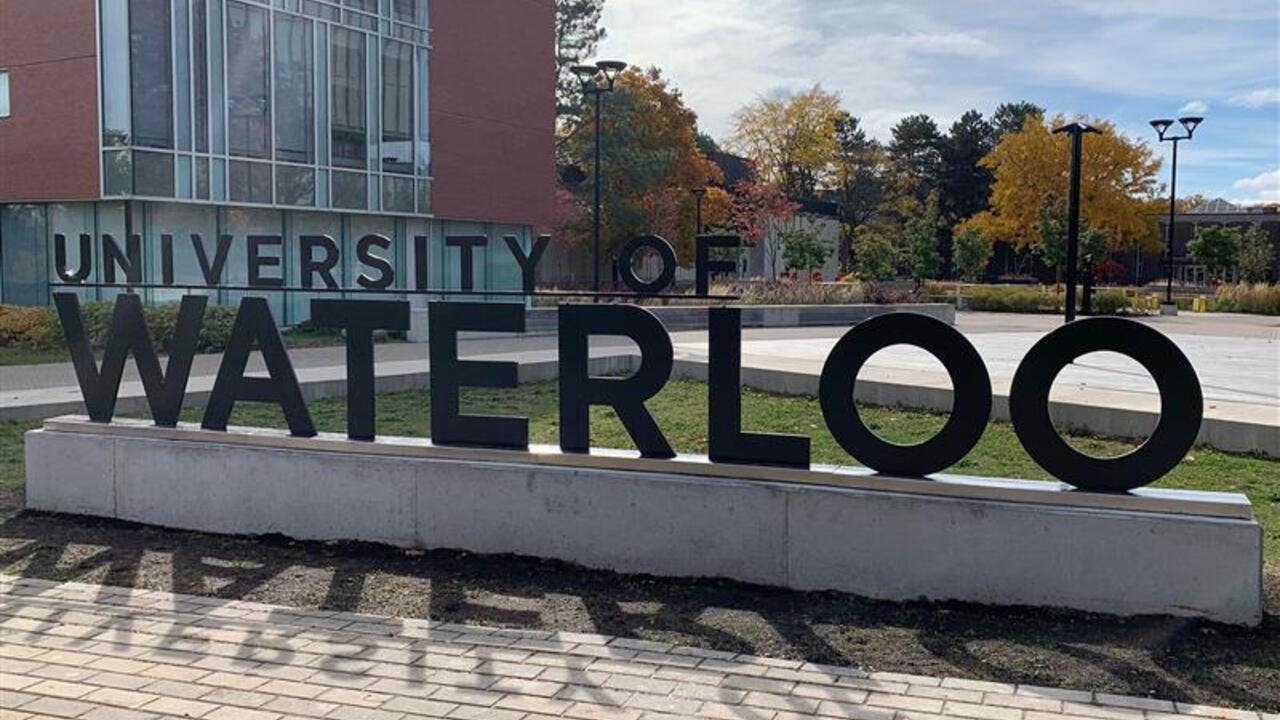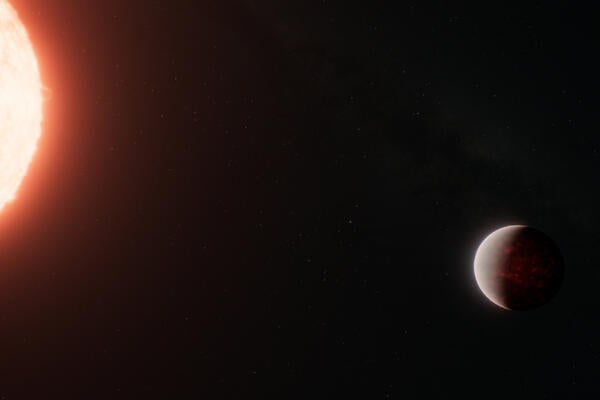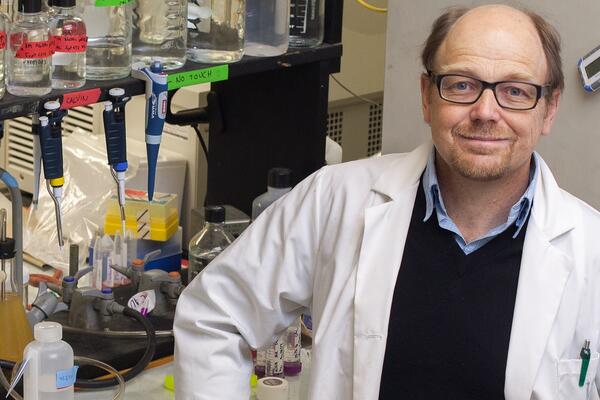
Developed in Waterloo, now orbiting in space
One-of-a-kind communications device developed by researchers at the University of Waterloo is now orbiting the Earth

One-of-a-kind communications device developed by researchers at the University of Waterloo is now orbiting the Earth
By Media RelationsA one-of-a-kind communications device developed by researchers at the University of Waterloo is now orbiting the Earth as a central component of a microsatellite launched in Sriharikota, India on Tuesday to test new technologies in space.
 University of Waterloo's core research team - Left to right: Professor Safieddin Safavi-Naeini, Aidin Taeb, Reza Rafi (Credit: University of Waterloo)
University of Waterloo's core research team - Left to right: Professor Safieddin Safavi-Naeini, Aidin Taeb, Reza Rafi (Credit: University of Waterloo)
The product of several years of work and refinement, the compact, sophisticated antenna for identifying and managing marine traffic is built into a Canadian Space Agency (CSA) satellite that is about the size of a household dishwasher.
A team led by engineering professor Safieddin Safavi-Naeini at the Centre for Intelligent Antenna and Radio Systems (CIARS) in Waterloo collaborated on the project with the CSA and COM DEV International (now Honeywell Canada) of Cambridge, which built the small but powerful microsatellite.
“The antenna was designed to perform with 100-per-cent reliability because there is no way to actually fix it once it is in space,” said Safavi-Naeini. “Being trusted by these agencies was, of course, very important to us.”
A key challenge for the Waterloo team was making the antenna - housed in a box about 35 centimetres square and five centimetres thick, and weighing less than two kilograms – small enough to go into space as part of the Maritime Monitoring and Messaging Microsatellite (M3MSat) project.
In addition to improving Canada’s ability to track ships from space using technology known as the Automatic Identification System (AIS), the mission is testing devices to ensure data continuity and measure static electricity, and a new generic satellite platform design.
Read more about CIARS role in this CSA initiative.

Read more
Here are the people and events behind some of this year’s most compelling Waterloo stories

Read more
Discovery of a thick atmosphere on a lava world reshapes our understanding of rocky exoplanets

Dr. Brian Dixon, professor of biology at the University of Waterloo says there is a link between cold weather and getting sick. (University of Waterloo)
Read more
Waterloo researcher shares why we get sick when the mercury dips
The University of Waterloo acknowledges that much of our work takes place on the traditional territory of the Neutral, Anishinaabeg, and Haudenosaunee peoples. Our main campus is situated on the Haldimand Tract, the land granted to the Six Nations that includes six miles on each side of the Grand River. Our active work toward reconciliation takes place across our campuses through research, learning, teaching, and community building, and is co-ordinated within the Office of Indigenous Relations.